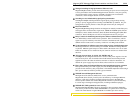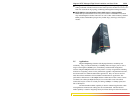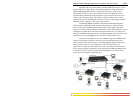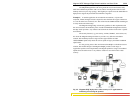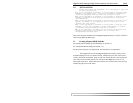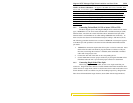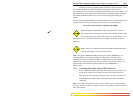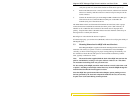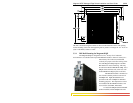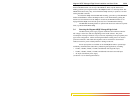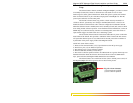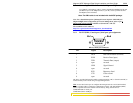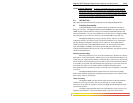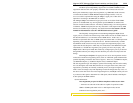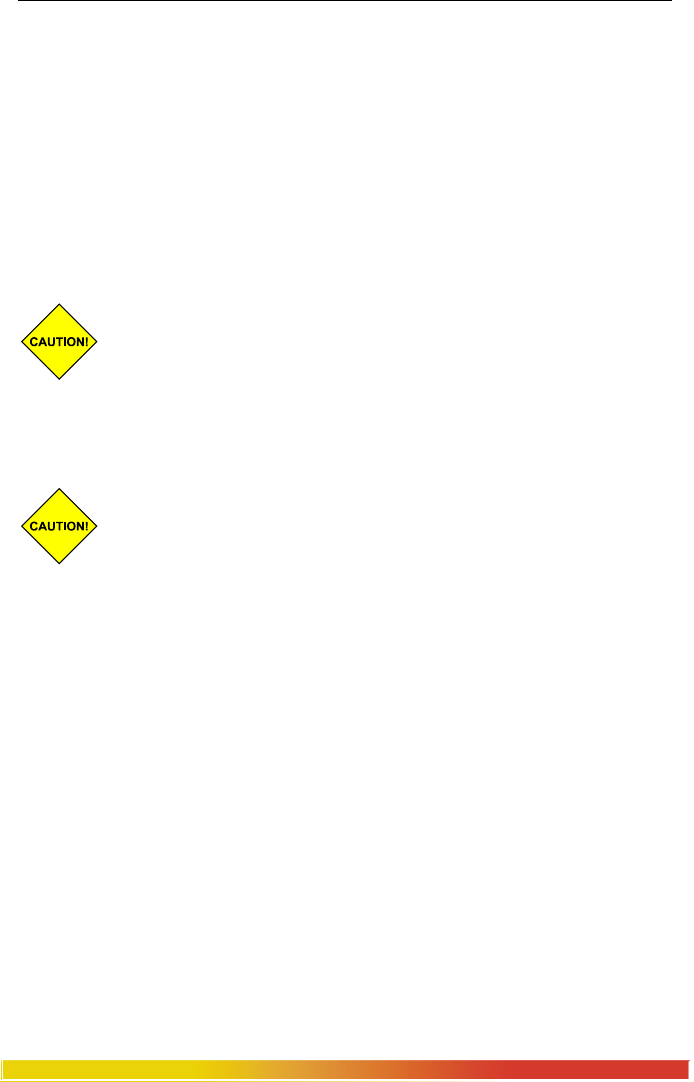
Magnum 6KQE Managed Edge Switch Installation and User Guide 02/09
19
www GarrettCom com
..
3.2.4 Gigabit SFP (Small Form-factor Pluggable) Transceivers
The small form-factor pluggable (SFP) is a compact optical transceiver used in
optical communications for both telecommunication and data communications
applications. Due to its compact, hot pluggable characteristics, SFPs are becoming a very
popular choice for various applications. The small-chassis Magnum 6KQE is designed
for industry-standard Gb-SFPs for user selection of the SFP gigabit media type as
desired.
All SFPs used in Magnum 6KQEs are compliant with the industry standard Multi-Source
Agreement (MSA) ensuring compatibility with a wide range of networking kit.
(see Section 1.2 for the SFP’s available for the 6KQE)
Note: It is highly recommended to remove the fiber cable first before
removing the SFP transceiver for any reason. Not removing the fiber cable
first can damage the fiber cable, cable connector or optical interfaces. It is
advised not to remove and insert a SFP transceiver frequently as this may shorten its
useful life.
Note: Always use an ESD wrist strap while handling the SFP transceivers
since the SFP modules are static sensitive devices.
Note: The copper 1000BASE-T SFP transceiver port supports 1000Mb only. It is
recommended to use a straight-through RJ-45(4-twisted pair) connection while
connecting to any Server/workstation. While connecting with any Switch/repeater or
other device, it is recommended to use Crossover RJ-45 (4-twisted pair) category 5 or
higher cabling. The maximum length supported on copper 1000BASE-T is
100m (328 ft.).
3.2.5 Connecting Fiber Optic Cable to SFP Transceivers
1. Before connecting the fiber optic cable, remove the protective dust caps from
the tips of the connectors on the PM. Save these dust caps for future use.
2. Wipe clean the ends of the dual connectors with a soft cloth or lint-free lens
tissue dampened in alcohol. Make certain the connectors are clean before
connecting.
Note: One strand of the duplex fiber optic cable is coded using color bands at regular
intervals; you must use the color-coded strand on the associated ports at each end of the
fiber optic segment.



